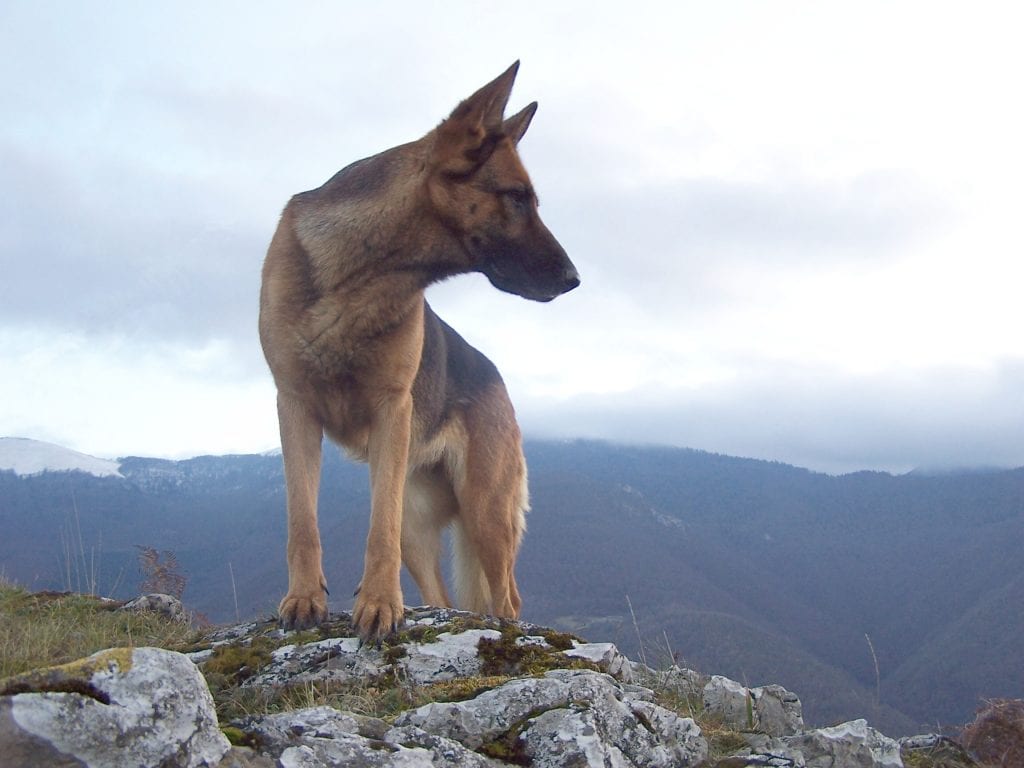In January, 2014, PLOS Genetics published a study revealing the complex origins of the modern dog.
Until recently, it has been widely accepted that our modern dogs are direct descendants of gray wolves. One might go as far as to posit that, if that were so, and dogs were indeed the evolutionary descendants of gray wolves, then one or the other species would have gone extinct (even though the first domestic dogs could simply have been a subspecies of Canis Lupus).
The fact that both canids are still extant may suggest this isn’t so, but zeroing in on the real ancestor of the domestic dog has been a point of contention because of a lack of supporting evidence and the similarity between dogs and gray wolves.
The PLOS Genetics study confirms what some of us already felt: that dogs are not descended from gray wolves, but instead share a common ancestor with them in much the same way that humans share a common ancestor with apes.
Evidence taken from an ancient wolf bone that was discovered in Siberia’s Taimyr Peninsula proves that both canids diverged from their common ancestor over 27,000 years ago, which raises the possibility that the domestication of the dog took place much earlier than the 16,000 years that scientists have long thought.
When we look at a dog like the Chihuahua, or the Dachshund, it is hard to imagine that they ever shared an ancestor with the Grey Wolf. Changing the appearance of a species that drastically takes prolonged natural and human-wrought adaptation.
Since its domestication, Canis Familiaris has both changed humankind and been changed by it.
Here, on this site (page), we’ll explore the developmental histories behind our modern dog breeds to see just how dogs shaped our world and were shaped by it.
(This introduction was originally published by Milo Tucker co-owner Cassie Hooker, through the Open Knowledge Practicum at the University of Victoria, in 2019)
